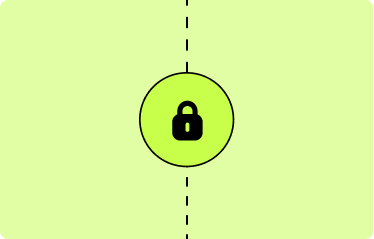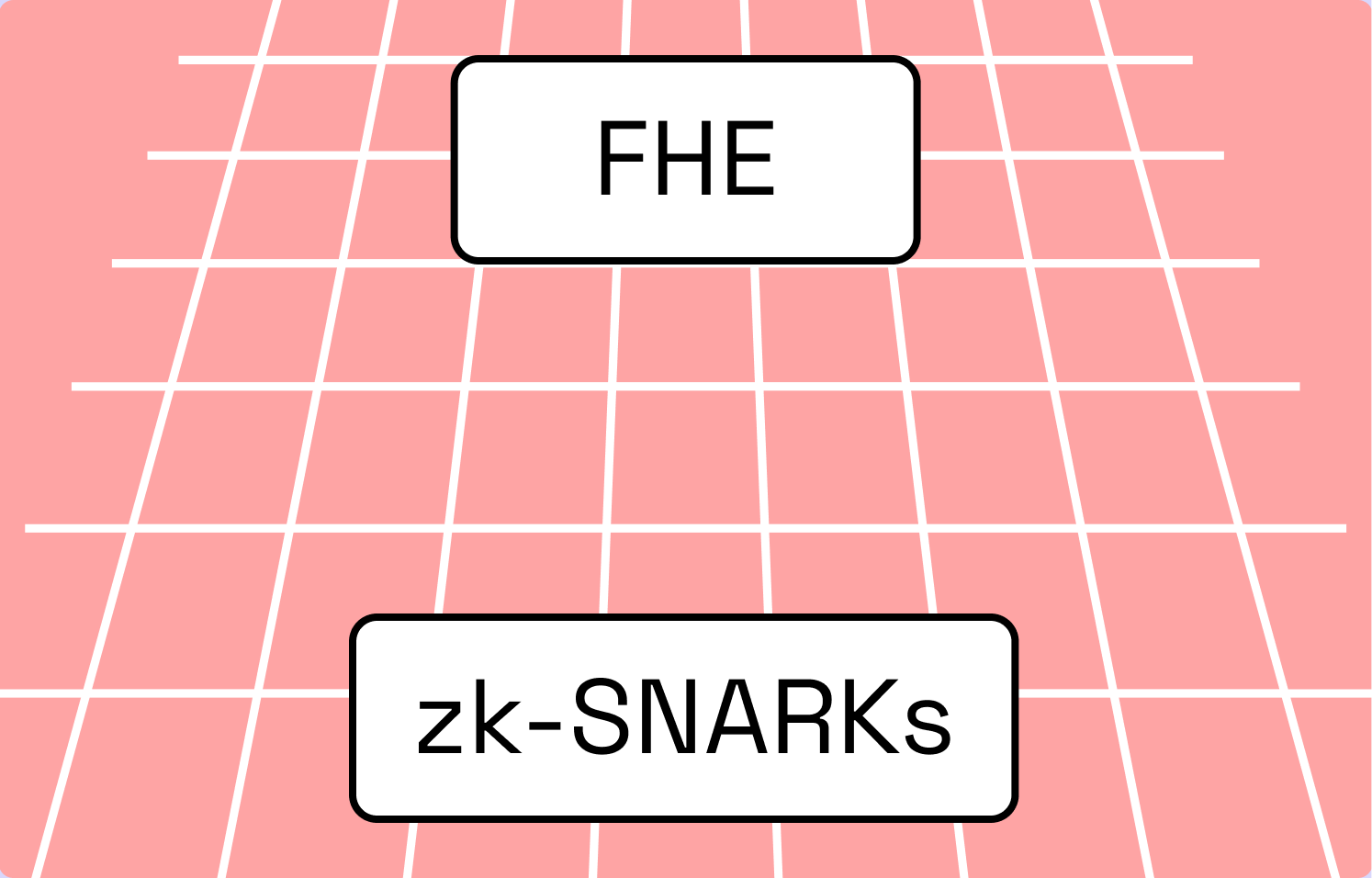2025 Trends in Confidential Finance: What’s Next?
In an era where every digital transaction leaves a trace, privacy in finance has become a pressing concern. From data breaches to financial surveillance, the need for confidential finance—secure, private financial systems—has surged. As we look toward 2025, the landscape of financial privacy is set to evolve dramatically, driven by innovative technologies and shifting regulations. This post dives into what confidential finance means, the challenges it faces today, and the trends that will shape its future.


What Is Confidential Finance?
Confidential finance refers to financial systems and services designed to protect sensitive data—think transaction amounts, account balances, or personal identities—while still enabling seamless operations. It’s about empowering individuals and businesses to control who sees their financial information, especially in a digital world where transparency often comes at the cost of privacy.
With blockchain and decentralized finance (DeFi) gaining traction, the demand for privacy-first solutions is skyrocketing. But how do we balance this with functionality and compliance? That’s where 2025 comes in.
The Current State: Privacy’s Pain Points
Today’s financial privacy tools are a mixed bag. Blockchain’s public ledger offers unparalleled transparency, but it’s a double-edged sword. Every transaction is visible, leaving users exposed. Existing privacy solutions have tried to bridge this gap:
- Privacy Coins: Coins like Monero and Zcash hide transaction details using techniques like ring signatures and zero-knowledge proofs. Yet, they’re often sidelined by mainstream financial systems due to compliance concerns.
- Mixers: Tools like Tornado Cash anonymize funds by pooling and redistributing them, but they’ve faced legal scrutiny and lack integration with broader DeFi platforms.
These solutions highlight a core challenge: privacy often clashes with regulatory requirements like anti-money laundering (AML) and know-your-customer (KYC) rules. In 2025, we’ll see a push to overcome these limitations with smarter, more integrated technologies.
The Game-Changer: Fully Homomorphic Encryption (FHE)
Enter Fully Homomorphic Encryption (FHE), a cryptographic marvel set to redefine confidential finance. FHE allows computations on encrypted data without decrypting it—meaning your financial details stay hidden, even during processing. This opens up a world of possibilities:
- Confidential Transactions: Encrypt sender, receiver, and amount details while still verifying them on a blockchain.
- Private Smart Contracts: Execute agreements—like loans or trades—without exposing sensitive inputs.
- Secure Analytics: Analyze encrypted financial data for insights without compromising privacy.
Platforms like Zaïffer are already pioneering FHE-based solutions, promising a future where privacy doesn’t mean isolation from the financial ecosystem. By 2025, expect FHE to move from experimental to practical, fueling a new wave of confidential finance tools.
Regulatory Shifts: Privacy With Accountability
Regulators worldwide are caught in a tug-of-war between protecting privacy and enforcing transparency. The EU’s General Data Protection Regulation (GDPR) has set a high bar for data protection, and similar frameworks are emerging globally. In 2025, we’ll see regulators embrace privacy-respecting compliance:
- Selective Disclosure: Users can prove compliance (e.g., tax obligations) without revealing their full financial history, thanks to tools like auditable confidential tokens.
- Regulatory Sandboxes: Nations like the UK and Singapore will test privacy-focused financial innovations, refining rules that support both privacy and oversight.
- Global Standards: Expect harmonized guidelines that encourage privacy-by-design systems while addressing AML/KYC needs.
This shift will legitimize confidential finance, paving the way for broader adoption.
2025 Predictions: What’s on the Horizon?
Here’s what we can expect for confidential finance in 2025:
- Widespread Adoption
Rising consumer awareness of data risks will drive demand for privacy-first financial tools. Businesses, too, will adopt these solutions to protect competitive data, from trade secrets to payroll. - New Use Cases
FHE and similar technologies will unlock innovative applications:
- Confidential Lending: Borrow or lend without exposing financial health.
- Private Decentralized Exchanges (DEXs): Trade assets anonymously, free from front-running.
- Encrypted Supply Chains: Track goods securely without leaking business details.
- Challenges Ahead
FHE’s computational demands remain a hurdle—2025 will be a critical year for optimization. Plus, striking the right balance between privacy and compliance will require ongoing dialogue between innovators and regulators.
The Future Is Private
By 2025, confidential finance won’t just be a buzzword—it’ll be a cornerstone of how we transact. With technologies like FHE and a regulatory landscape that’s adapting to privacy needs, we’re heading toward a future where financial security doesn’t mean sacrificing control over your data.
Want to stay ahead of the curve? Keep an eye on platforms like Zaïffer and join the conversation about the future of private finance.

.png)


.png)

